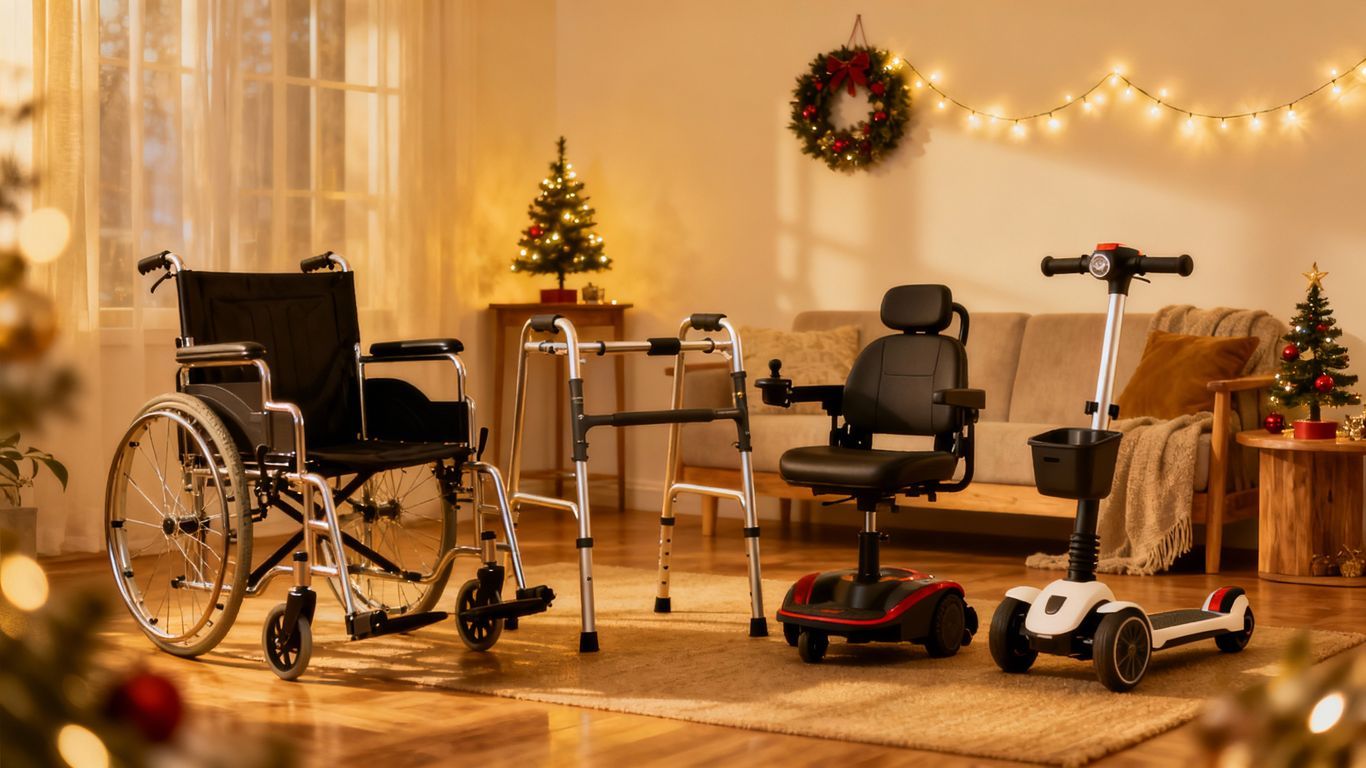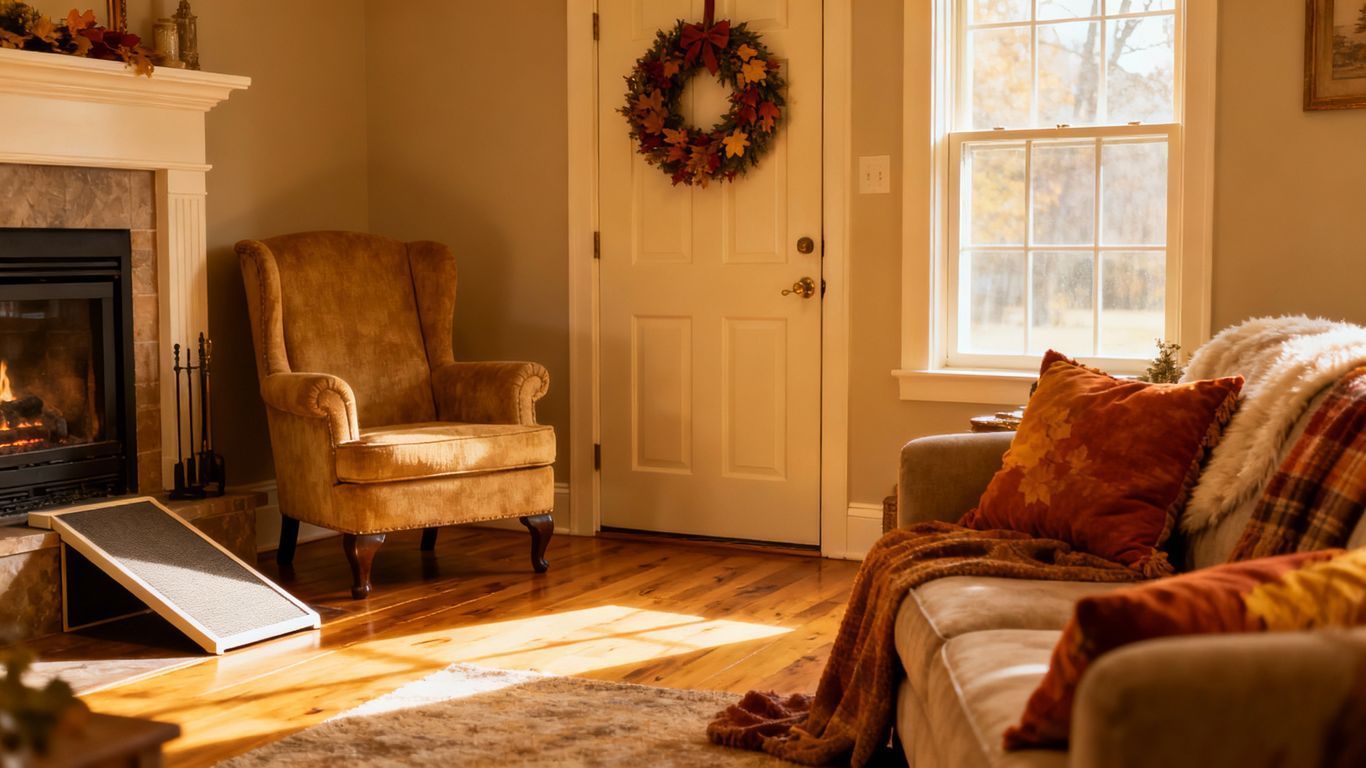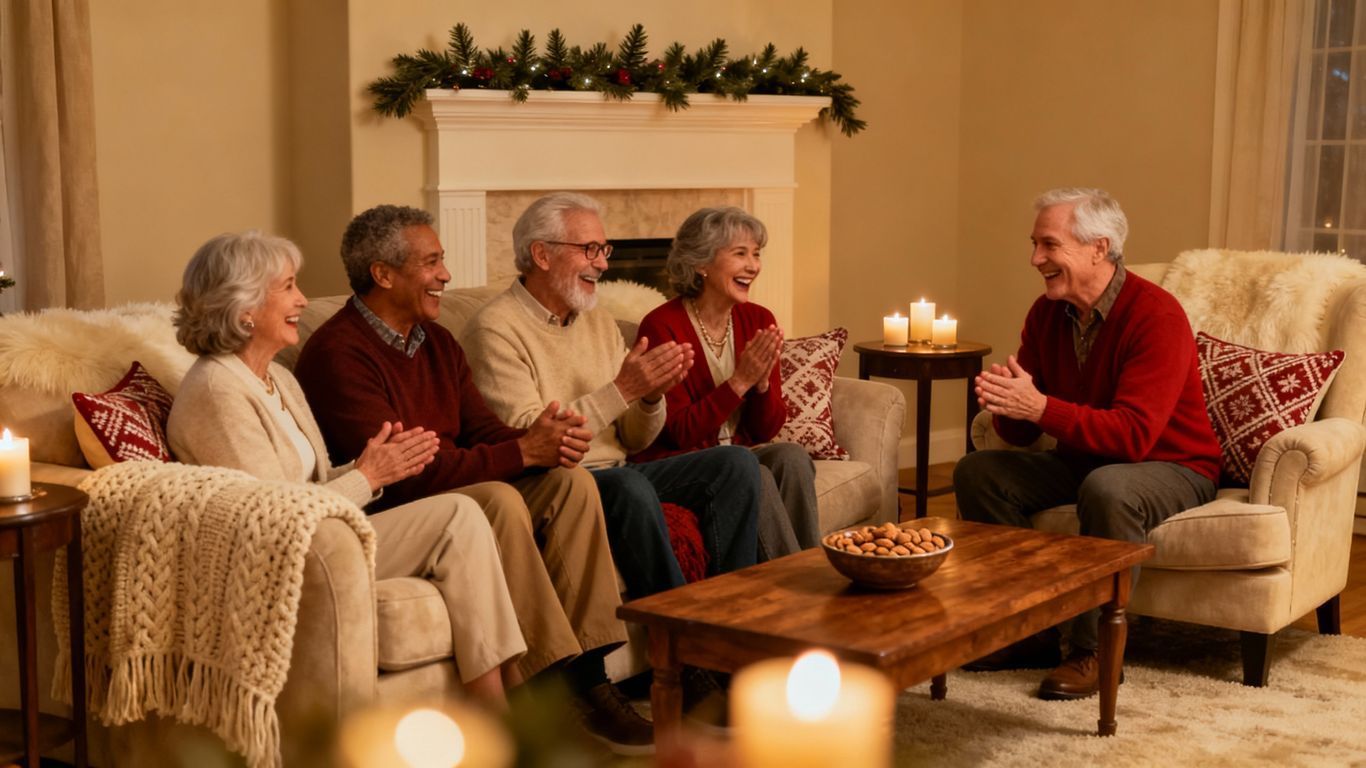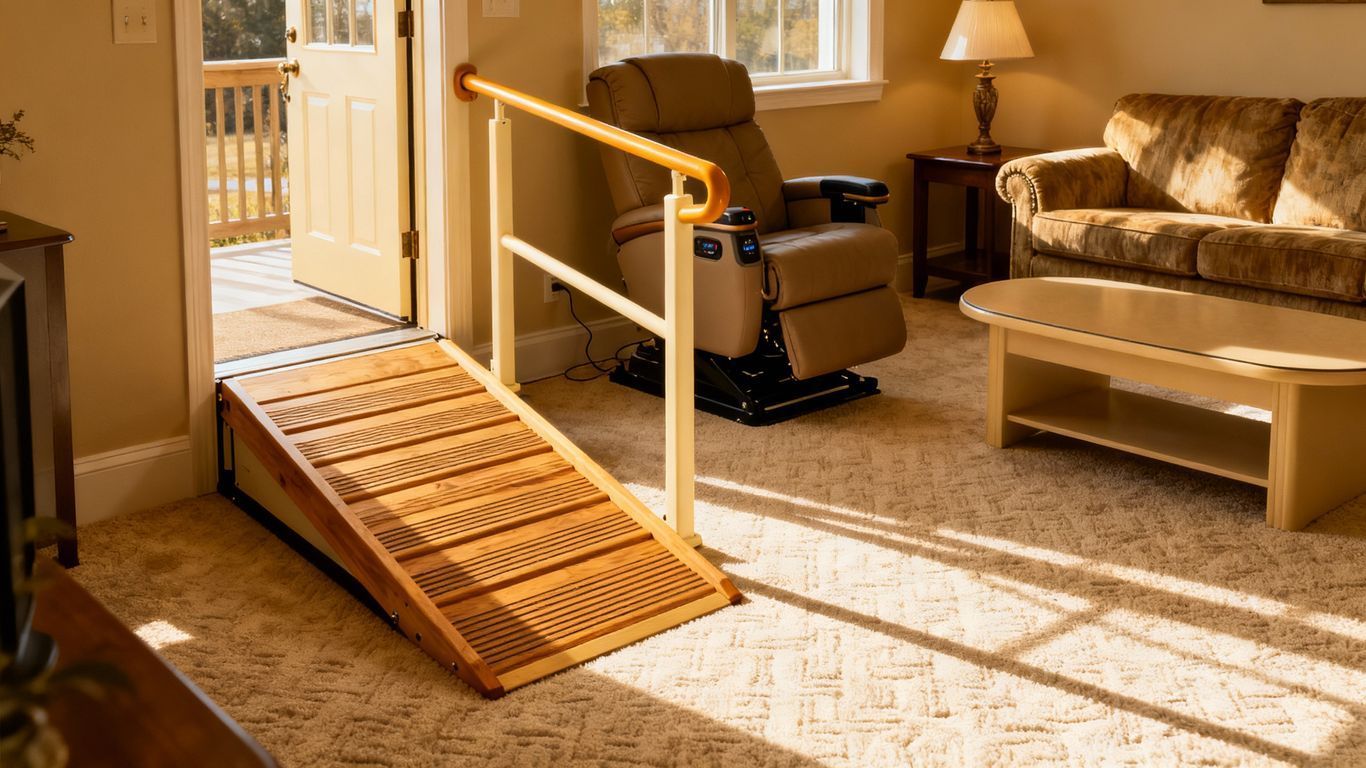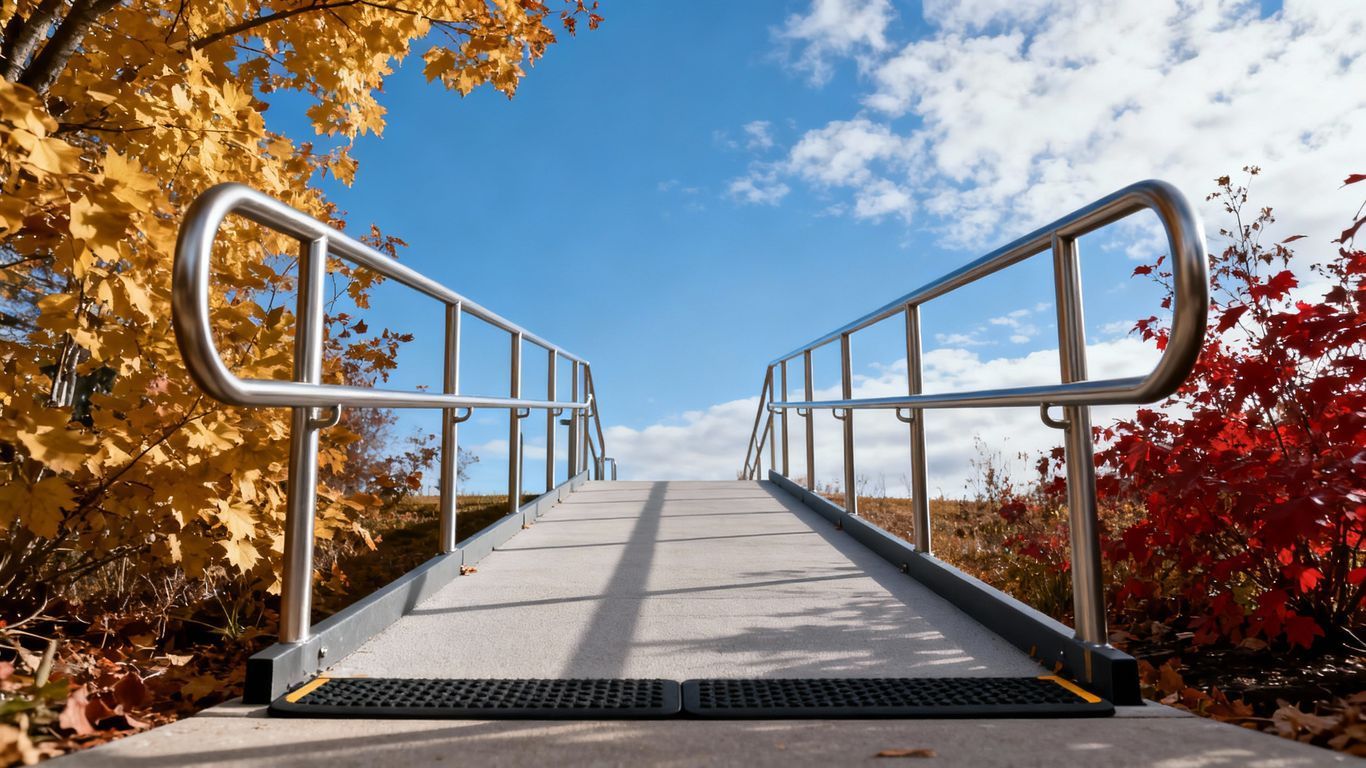Preparing Your Home for a Loved One with Limited Mobility: Expert Tips for Families in Ringgold and Beyond

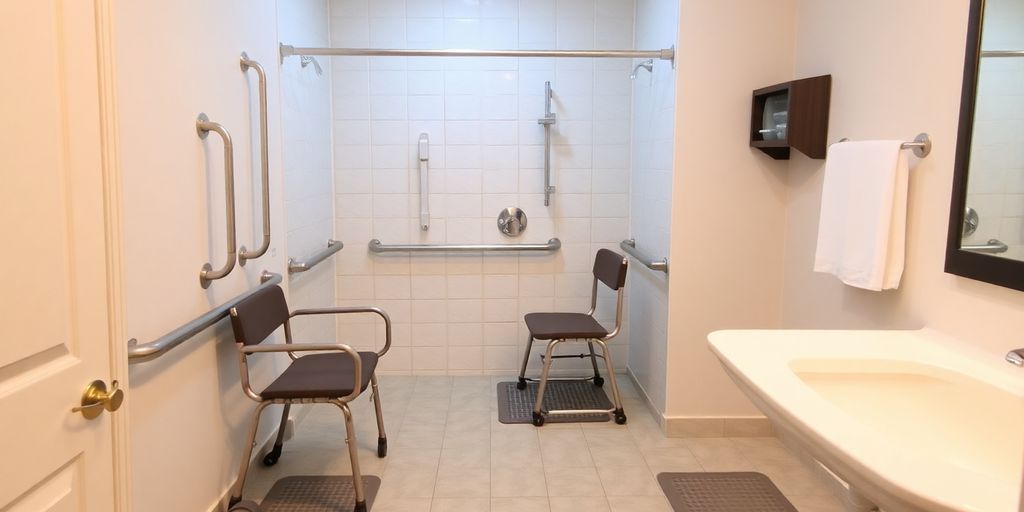
If you have a loved one with limited mobility, making your home safe and accessible can feel overwhelming. But don’t worry, it doesn’t have to be a huge task. With some thoughtful planning and simple adjustments, you can create a space that meets their needs. This guide will walk you through practical tips for preparing your home in Ringgold and beyond, focusing on safety and comfort for everyone.
Key Takeaways
- Evaluate your home for hazards and make necessary changes.
- Install grab bars and handrails to improve safety.
- Consider using smart technology to assist with daily tasks.
- Make sure bathrooms are equipped with safety features.
- Connect with local resources for emotional and practical support.
Creating A Safe Living Environment
Assessing Potential Hazards
Okay, so first things first, you gotta walk through the house like you're seeing it for the first time, but with safety goggles on. Seriously, look for anything that could cause a fall or an accident. We're talking about:
- Loose rugs (major trip hazard!).
- Cords snaking across walkways.
- Poor lighting in hallways and stairwells.
- Clutter, clutter, and more clutter.
The goal is to eliminate as many potential dangers as possible before they become a problem. Think about it – a simple fall can have serious consequences, especially for someone with limited mobility. It's all about prevention, right?
Implementing Safety Features
Alright, now that you've spotted the hazards, it's time to get to work. This is where you start adding those safety features that can make a real difference. Think about things like:
- Installing grab bars in bathrooms (near the toilet and in the shower).
- Adding brighter light bulbs, especially in areas that tend to be dark.
- Using motion-sensor lights for nighttime trips to the bathroom.
- Securing rugs or removing them altogether.
It's not just about adding stuff, though. Sometimes it's about rearranging things to make them safer. For example, move frequently used items to lower shelves so your loved one doesn't have to reach or bend over.
Choosing Non-Slip Flooring
Flooring is a big deal when it comes to safety. Slippery floors can be a nightmare, especially in areas like the kitchen and bathroom. Here are some options to consider:
- Non-slip mats in bathrooms and kitchens.
- Replacing slick tile with textured flooring.
- Adding carpet or rugs with a good grip.
Think about it: even a small patch of non-slip flooring can make a huge difference in preventing falls. It's an investment in peace of mind, really. Plus, there are some pretty stylish options out there these days, so you don't have to sacrifice aesthetics for safety.
Essential Home Modifications
Making a home truly accessible often requires more than just a few tweaks. It's about rethinking the space to better suit the needs of someone with limited mobility. These changes can make a huge difference in their daily life and overall well-being. Let's explore some key modifications.
Installing Grab Bars and Handrails
Grab bars and handrails are super important for safety, especially in bathrooms and hallways. They provide support and stability, reducing the risk of falls. Think about where someone might need a little extra help, like getting in and out of the shower or using the toilet.
- Bathrooms
- Hallways
- Stairways
Widening Doorways for Accessibility
Standard doorways can be a real challenge for people using wheelchairs or walkers. Widening doorways allows for easier passage and greater independence. It might seem like a small change, but it can make a world of difference. Consider these points when planning doorway widening:
- Measure the width of mobility devices.
- Check building codes and regulations.
- Hire a qualified contractor.
Adjusting Furniture Layout
The way furniture is arranged can significantly impact mobility within the home. Cluttered spaces and narrow pathways can create obstacles and increase the risk of accidents. A well-thought-out furniture layout promotes safety and ease of movement. Careful planning is key.
A clear and open layout is essential. Remove unnecessary furniture, create wide pathways, and ensure that frequently used items are within easy reach. This simple adjustment can greatly improve the accessibility and comfort of the home.
Consider these tips:
- Create clear pathways.
- Remove clutter.
- Ensure easy access to essential items.
Enhancing Mobility Within The Home
Utilizing Mobility Aids
Okay, so you're thinking about how to make getting around the house easier. Makes sense! Mobility aids can really open things up. It's not just about wheelchairs, though those are definitely an option for some. Think about things like:
- Canes: Simple, but effective for added stability.
- Walkers: Offer more support than a cane, especially helpful for longer distances.
- Rollators: Walkers with built-in seats and brakes – great for taking breaks.
Choosing the right aid depends on the person's specific needs and abilities. It's a good idea to talk to a doctor or physical therapist to figure out what will work best.
Incorporating Smart Home Technology
Smart home stuff isn't just for tech nerds anymore. It can actually make a real difference in someone's life, especially if they have trouble getting around. Imagine being able to control lights, temperature, and even appliances with just your voice! Here are some ideas:
- Voice-activated assistants: "Hey Google Assistant, turn on the living room light!"
- Smart lighting: Control lights from anywhere, dim them, or even set schedules.
- Remote-controlled outlets: Turn on lamps or small appliances without having to bend down or reach.
Designing Accessible Pathways
Think about the routes someone takes through the house every day. Are there any obstacles? Are there rugs that could be tripping hazards? Is the furniture arranged in a way that makes it hard to get through? Here's what to consider:
- Clear clutter: Get rid of anything that's blocking pathways.
- Secure rugs: Use non-slip pads or remove them altogether.
- Rearrange furniture: Make sure there's enough space to move around easily.
Bathroom Safety Considerations
The bathroom can be a tricky place for someone with limited mobility. It's often small, with hard surfaces and water everywhere. Making some changes can really reduce the risk of falls and make the space much more usable.
Installing Walk-In Showers
Walk-in showers are a game-changer. They eliminate the need to step over a tub wall, which is a major fall risk.
- Consider a low-threshold or curbless design for easy wheelchair access.
- Make sure there's enough space to maneuver inside the shower.
- Think about adding a handheld showerhead for better control.
Using Shower Chairs and Benches
Standing for long periods can be tiring and unsafe. Shower chairs and benches provide a safe place to sit while bathing.
- Choose a sturdy chair with non-slip feet.
- Make sure the chair is the right height for the user.
- Consider a bench with a back for added support.
Adding Non-Slip Mats
Slippery floors are a major hazard. Non-slip mats can make a big difference. Place them strategically to prevent falls.
- Use mats inside and outside the shower or tub.
- Make sure the mats are securely attached to the floor.
- Replace worn or damaged mats immediately.
Bathroom safety is more than just installing a few grab bars. It's about creating a space where your loved one feels comfortable and secure. Take the time to assess their needs and make the necessary changes to create a safer environment.
Kitchen Accessibility Solutions
Let's face it, the kitchen is often the heart of the home, but it can quickly become a frustrating obstacle course for someone with limited mobility. Making a few smart changes can make a world of difference, turning a challenging space into one that's both functional and enjoyable. It's all about creating a kitchen that works for everyone.
Adjusting Counter Heights
Standard counter heights can be a real pain. Consider lowering a section of the countertop to a more accessible height. This allows someone in a wheelchair or with limited reach to comfortably prepare food. You could also think about adjustable-height countertops, which are a bit pricier but offer maximum flexibility for different users. Here are some things to consider:
- Think about knee clearance under the lowered section.
- Make sure the lowered section is wide enough for comfortable use.
- Consider the placement of outlets and appliances in relation to the new height.
Using Pull-Out Shelves
Reaching into the back of cabinets can be a struggle. Pull-out shelves are a game-changer. They bring everything within easy reach, eliminating the need to bend or strain. They're relatively easy to install and can be retrofitted into existing cabinets. Here's why they're great:
- They maximize storage space.
- They prevent items from getting lost in the back of the cabinet.
- They reduce the risk of falls from overreaching.
Implementing Easy-Access Storage
Storage is key. Think about relocating frequently used items to lower cabinets or installing open shelving within easy reach. Lazy Susans in corner cabinets can also make it easier to access items without having to reach far. Don't forget about the pantry! Here are some ideas:
- Use clear containers to easily see what's inside.
- Install adjustable shelves to accommodate different sized items.
- Keep heavier items on lower shelves to prevent strain when lifting.
Creating an accessible kitchen isn't just about physical modifications; it's about fostering independence and dignity. By making these changes, you're not just making the kitchen easier to use, you're making life easier for your loved one. Consider lower cabinets to make the kitchen more accessible.
Outdoor Accessibility Improvements
Making the outdoors accessible is super important, especially when you want your loved one to enjoy the fresh air and sunshine. It's about creating a safe and welcoming environment right outside your door. It might seem like a lot of work, but it's worth it to see them comfortable and independent.
Creating Ramps and Level Surfaces
Ramps are a game-changer for wheelchair users or anyone with limited mobility. Instead of steps, a ramp provides a gentle slope for easy access. When planning a ramp, think about the slope – it shouldn't be too steep. Also, make sure it has handrails on both sides for extra support. Level surfaces are also key. Uneven patios or walkways can be tripping hazards. Consider re-paving or leveling out any bumpy areas. You can also explore outdoor mobility aids to help navigate these spaces.
Ensuring Safe Walkways
Walkways need to be wide enough for wheelchairs or walkers. A narrow path can be frustrating and even dangerous. Here are some things to consider:
- Widen existing paths if possible.
- Use smooth, non-slip materials like pavers or textured concrete.
- Keep walkways clear of obstacles like plants, rocks, or garden tools.
Think about the little things that can make a big difference. A smooth, wide walkway can transform someone's ability to move around the yard.
Installing Outdoor Lighting
Good lighting is crucial for safety, especially at night. You want to make sure your loved one can see where they're going and avoid any falls. Here's what to keep in mind:
- Install motion-sensor lights near doorways and along walkways.
- Use solar-powered lights to illuminate pathways without adding to your electricity bill.
- Make sure the lighting is bright enough to see clearly, but not so bright that it causes glare. Consider adding safe walkways to your outdoor space.
Emotional Support and Caregiver Resources
Taking care of someone with limited mobility can be tough, both physically and emotionally. It's important to remember that you're not alone and that there are resources available to help both the person you're caring for and yourself. It's easy to get caught up in the day-to-day tasks, but neglecting emotional well-being can lead to burnout and a decrease in overall quality of life for everyone involved.
Connecting with Local Support Groups
Support groups can be a lifeline. They offer a safe space to share experiences, learn coping strategies, and connect with others who understand what you're going through. Finding a local group means you can meet people face-to-face, which can make a big difference.
- Check with local hospitals or senior centers.
- Search online directories for caregiver support groups in Ringgold.
- Ask your loved one's doctor for recommendations.
Accessing Professional Care Services
Sometimes, you need more than just peer support. Professional care services can provide counseling, therapy, and other mental health support. Don't hesitate to reach out to a therapist or counselor who specializes in working with caregivers or individuals with mobility challenges. emotional support is key.
Seeking professional help isn't a sign of weakness; it's a sign of strength. It shows that you're committed to providing the best possible care while also taking care of yourself.
Finding Respite Care Options
Respite care provides temporary relief for caregivers, allowing you to take a break and recharge. This can range from a few hours a week to a few days or even weeks, depending on your needs. It's important to explore respite care options before you reach a point of exhaustion.
- In-home respite care: A caregiver comes to your home to provide assistance.
- Adult day care centers: Your loved one spends the day at a center with activities and supervision.
- Residential respite care: Your loved one stays at a facility for a short period of time.
Taking care of someone can be tough, and it’s important to have support. If you’re looking for help or resources for caregivers, visit our website. We have tools and information that can make your journey easier. Don’t hesitate to check it out!
Wrapping It Up
Getting your home ready for a loved one with limited mobility can feel like a big task, but it doesn’t have to be overwhelming. Start small and focus on the areas that matter most. Simple changes, like adding grab bars or rearranging furniture, can make a big difference. Remember, it’s all about making life easier and safer for them. Don’t hesitate to ask for help if you need it—whether it’s from friends, family, or professionals. You’re not alone in this. With a little planning and some adjustments, you can create a welcoming space that feels just right.
Frequently Asked Questions
What are some common hazards in the home for someone with limited mobility?
Common hazards include loose rugs, cluttered pathways, and stairs without handrails.
How can I make my bathroom safer for a loved one with limited mobility?
You can install grab bars, use shower chairs, and add non-slip mats to prevent falls.
What kinds of mobility aids should I consider for my home?
Consider using walkers, canes, or wheelchairs, depending on your loved one's needs.
Are there any smart home devices that can help someone with limited mobility?
Yes, smart lights, voice-activated assistants, and smart door locks can make life easier.
How can I improve outdoor areas for better accessibility?
You can build ramps, keep pathways clear, and add good lighting for safety.
Where can I find support for caregivers in my area?
You can look for local support groups, community centers, or online resources for caregivers.
